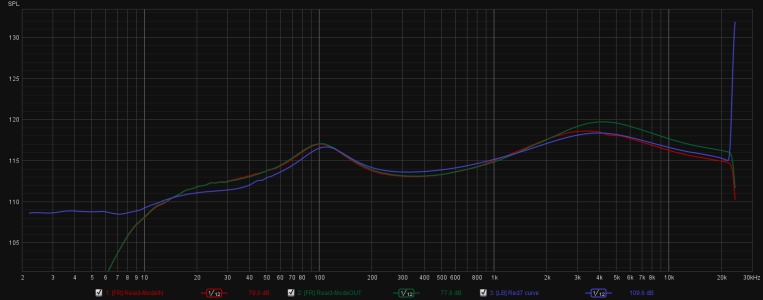2dor
Shredder
- Messages
- 1,714
...I shot the Suhr Reactive Load through the Behringturd GI100 as that one has a low impedance balanced output which plays nicely with the Quad Cortex' balanced input:

As I suspected, the worst part of the Suhr RL is the I/O section. Put through something just a smidge better, it looks great.
As I suspected, the worst part of the Suhr RL is the I/O section. Put through something just a smidge better, it looks great.

![ReactIR2-vs-Suhr[DI-and-GI100]-vs-Mesa2x12-vs-Mesa4x12.png](/data/attachments/24/24647-aa32380cb531c0983a494544effbc3c0.jpg?hash=qjI4DLUxwJ)


